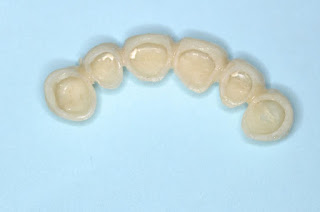You gotta have heart?

You gotta have heart! The New York Times Just published and article about how important overcoming setbacks can be to a career path. I know that it has been true for me since failure and the fear of failing again has been a potent motivator for me along my dental journey. Yes I have failed at many things but these failures have also taught me alot and along the way I find that my failures have become less frequent and I seem to have learned important lessons from analyzing each of my poor outcomes. I recently watched a documentary about Lebron James' early junior high and high school basketball team. Lebron grew up in extremely difficult circumstances that seemed to motivate him on the court. His team mostly won, but sometimes winning too often seemed to make them cocky and somewhat complacent. In their interviews they acknowledged that their failures, though few, were extremely motivating and helped make their eventual success as National High School...


